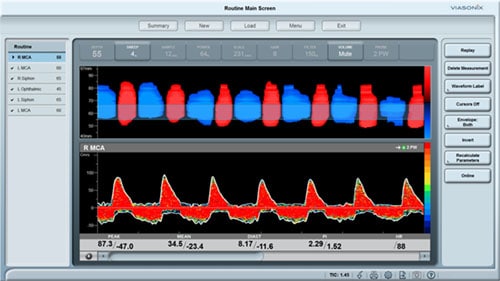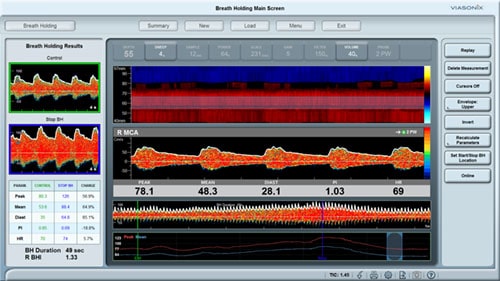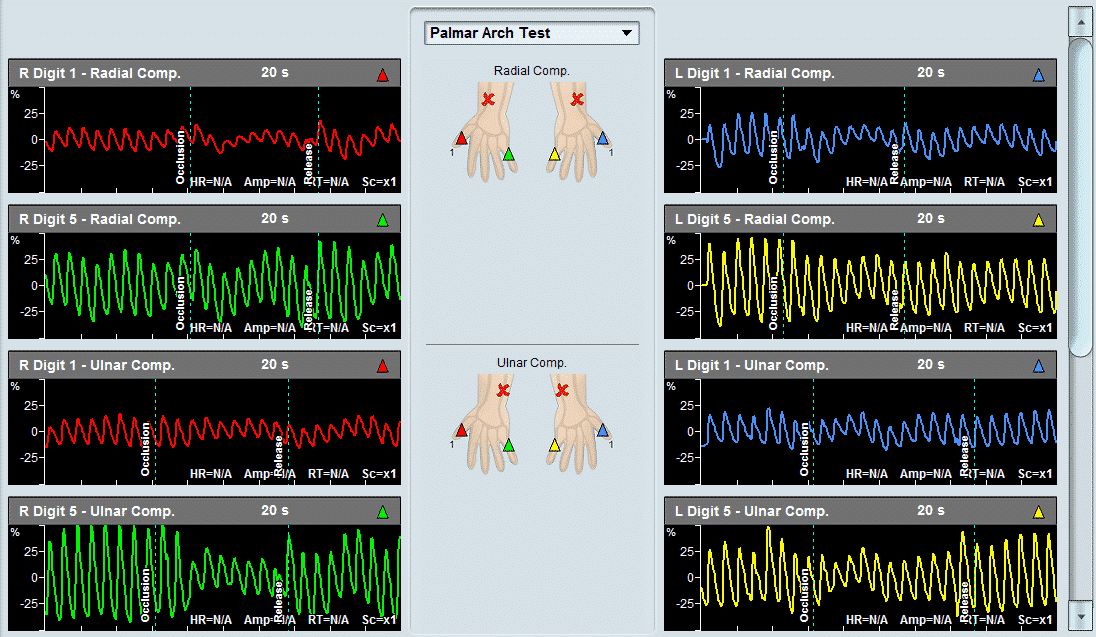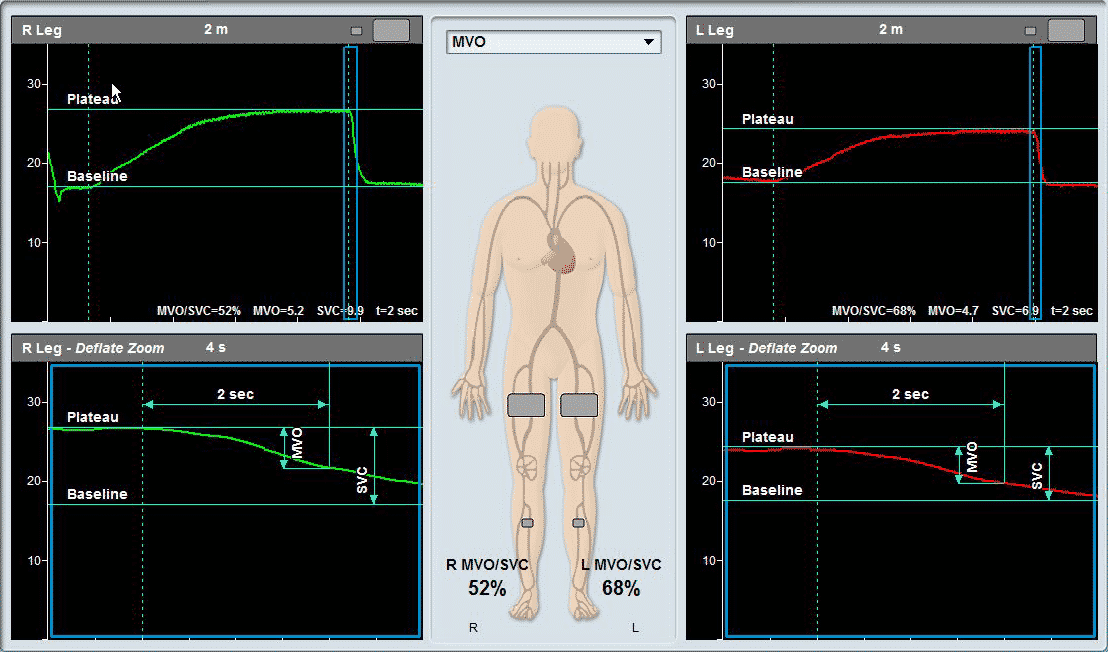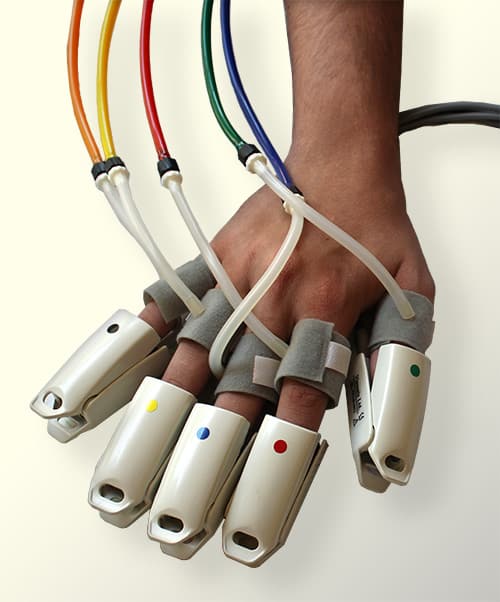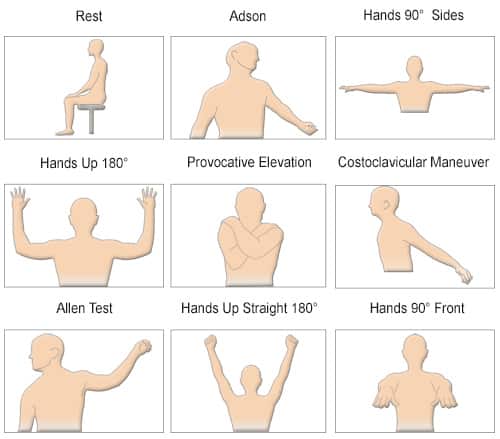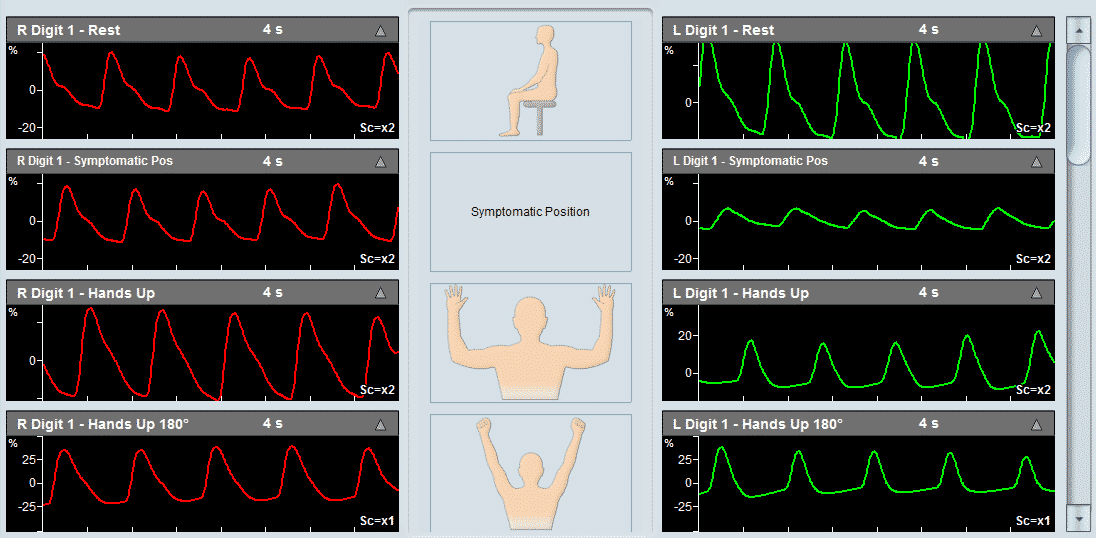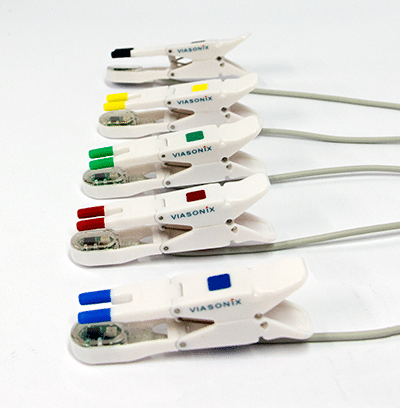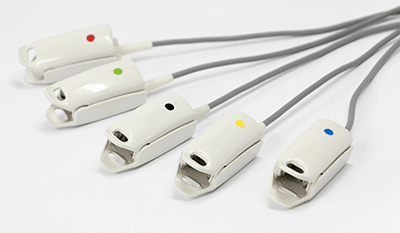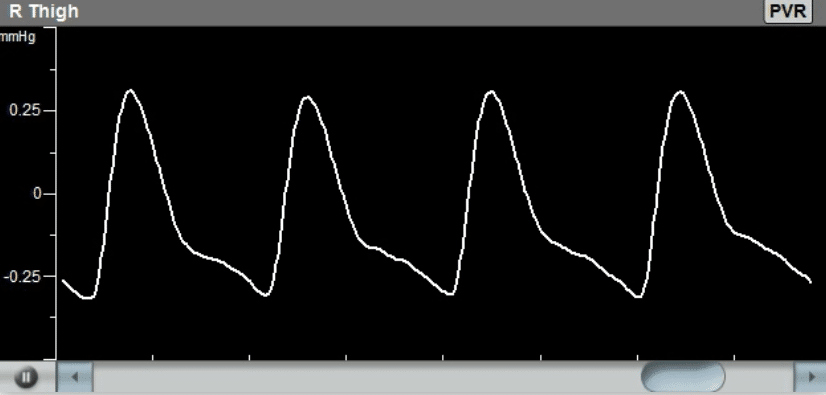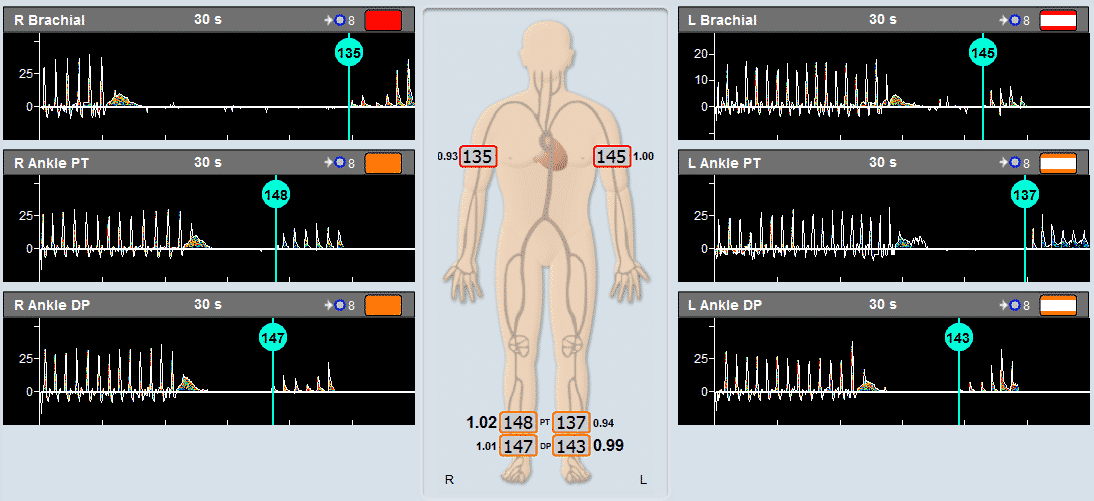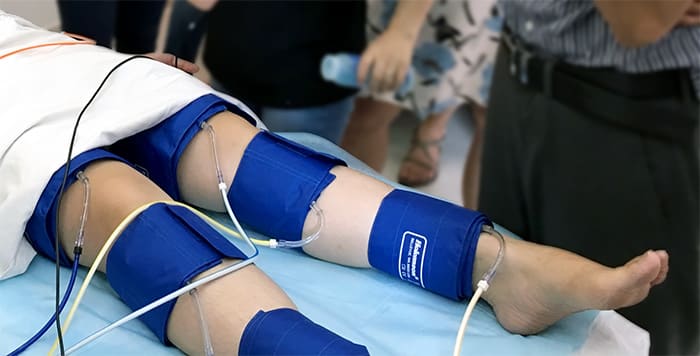If you have ever experienced a vascular-related medical condition, you might have heard about invasive and non-invasive peripheral vascular examinations. With the development of technology, more and more people now prefer non-invasive methods of arterial disease diagnosis, specifically, vascular medical device companies have introduced systems, devices, and novel examinations to make non-invasive tests a reality for patients.
Usually, the examination of a patient with arterial disease begins with a physical examination and a detailed history analysis of vascular systems. Vascular tests are suggested for patients who are suspected with arterial problems on the basis of initial symptoms like tissue ischemia, poor blood circulation, intermittent claudication, etc. Also, patients with a high risk of atherosclerosis or any other arterial pathology get included in this list. There is a large variety of vascular tests that are available in market these days for assessing the intensity and presence of arterial diseases. The Non-invasive peripheral vascular test is just one of these.
The requirement for non-invasive vascular testing to supplement the history and physical examination of the patient relies on the clinical situation and direness of the patient’s condition. A thorough battery of tests is not required in all patients to assess their vascular status. Usually just tests that affirm the nearness of blood vessel sickness or give data that will change the course of treatment that ought to be performed.
Patients can be asymptomatic, have exemplary manifestations of fringe peripheral arterial disease (PAD), for example, claudication, or more atypical indications. Manifestations differ contingent on the vascular bed influenced, the nature and seriousness of the sickness, and the nearness and adequacy of security course. The doctor requesting this test will always begin from the physical examination of the patient. Different types of tests are prescribed according to the symptoms exhibited by their bodies. The information gained from patient history and other data along with the physical examinations are then analysed by the doctor based on what kind of vascular test will help in correct diagnosis of the patient. The non-invasive vascular testing can take place only via a qualified sonographer or technologist.
The non-invasive testing includes several technologies that assess the pressures, flows, and perfusion of blood through the arteries. These are painless procedures and are thus preferred by most patients.

